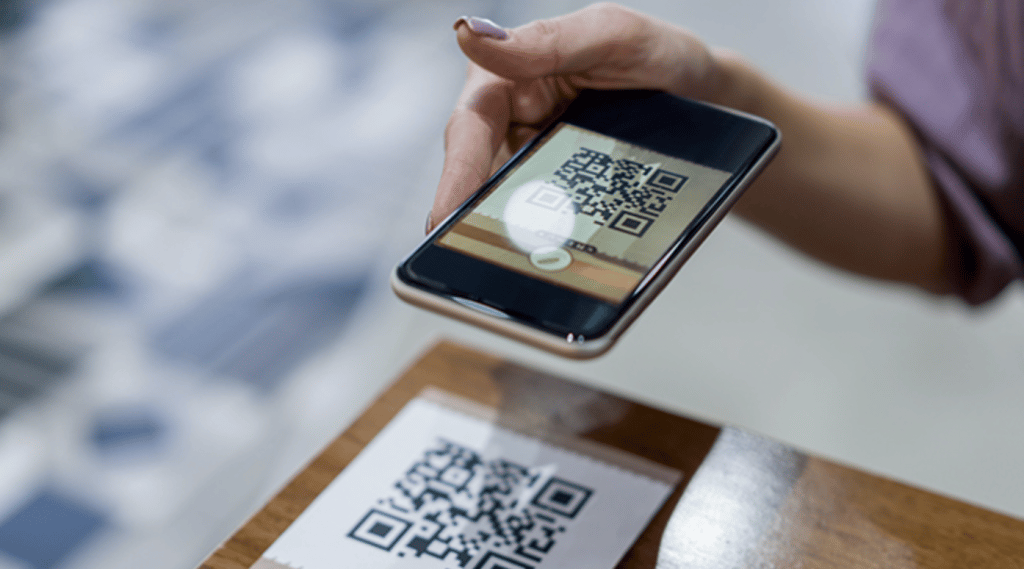What is a QR code?
You must have come across QR codes. QR codes are everywhere, from connecting to Wi-Fi and payments to downloading files. QR codes have been around for 20+ years, but their adoption has exploded across different sectors. With many barcode scanners and QR code scanner applications, it has become straightforward to use QR codes with a click of a button.
What are the different types of QR codes available in the market? Let’s take a look at them.
What are the different types of QR codes?
The two broad classifications of QR Code are:
Static QR Codes
Static QR codes are available for free and are permanent. You cannot modify them means the information stored in them can’t be changed. Examples of this type of QR code could be linking passwords, documents, URLs, email addresses, etc. The features of static QR codes are that you can store a limited amount of information in them, and it is generally used for one-time purposes. And it is available free of cost.
Dynamic QR codes
Dynamic QR codes can be modified; the information stored in them can be changed. It can be scanned more than one time. An example could be a QR code for payment purposes. You might have seen QR codes outside shops; these can be scanned multiple times for making payments. Dynamic QR codes’ features are numerous but limited to some extent. The features are that it could be modified and printed for business purposes. They are trackable and help the company to track the product and loss. It has an inbuilt API integration, notification features, password protection, and advanced QR solutions.
While QR codes can be used for various purposes, four widely accepted versions exist. They help guide the user on what data could be stored and modified per the requirement. They are:
Numeric mode
This mode can store up to 7089 characters and is used for decimal digits 0 to 9.
Alphanumeric mode
Like numeric code, it also uses decimal digits 0 through 9 and can store up to 4296 characters. Moreover, it also has uppercase letters A through Z, symbols that are $, %, *, +, –, ., /, :, and a space.
Byte mode
This mode can store up to 2953 characters and uses a character set from the ISO–8859–1.
Kanji mode
Kanji mode is the original mode that Denso Wave developed; it is used to encode characters in Japanese. But later on, its use was diminished. This mode can store up to 1817 characters and is used for double-byte characters from the Shift JIS character set. Later, a second kanji mode was developed, named ECI (Extended Channel Interpretation). It uses the character set UTF–8.

